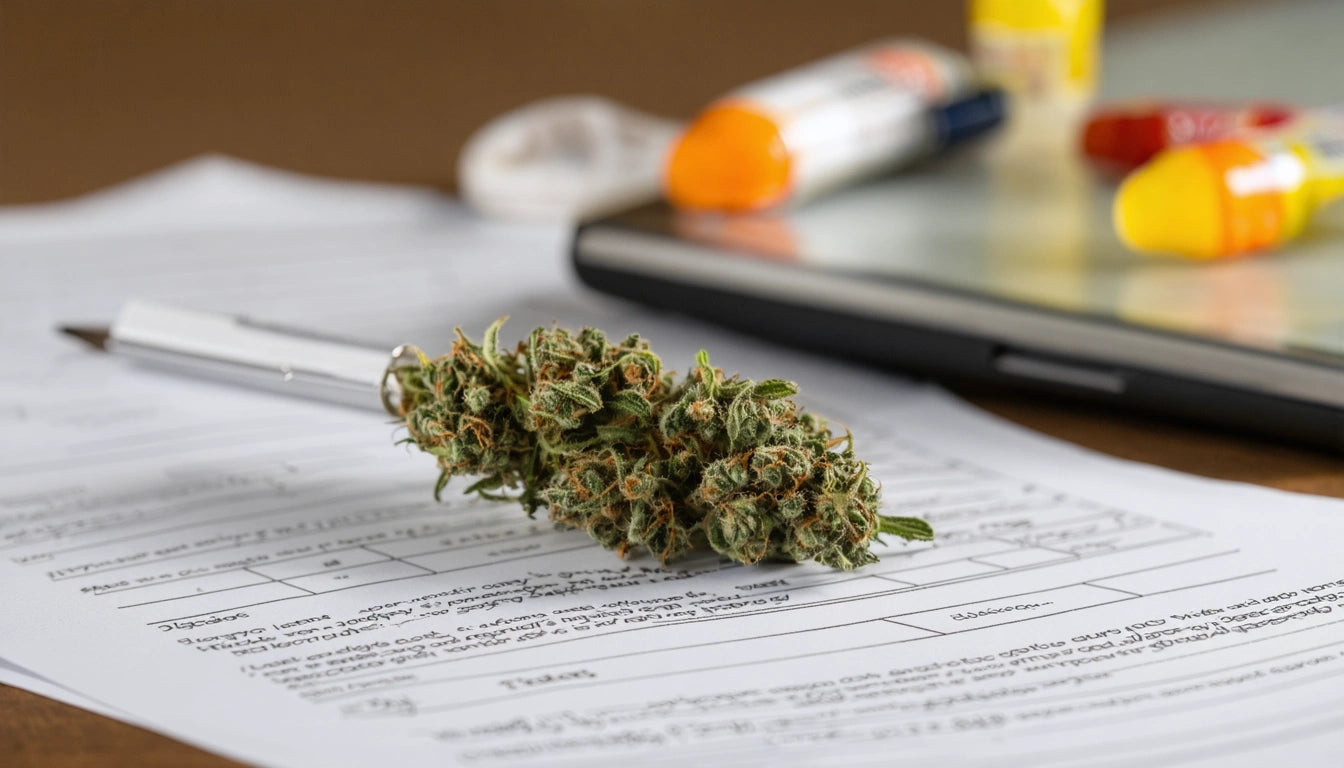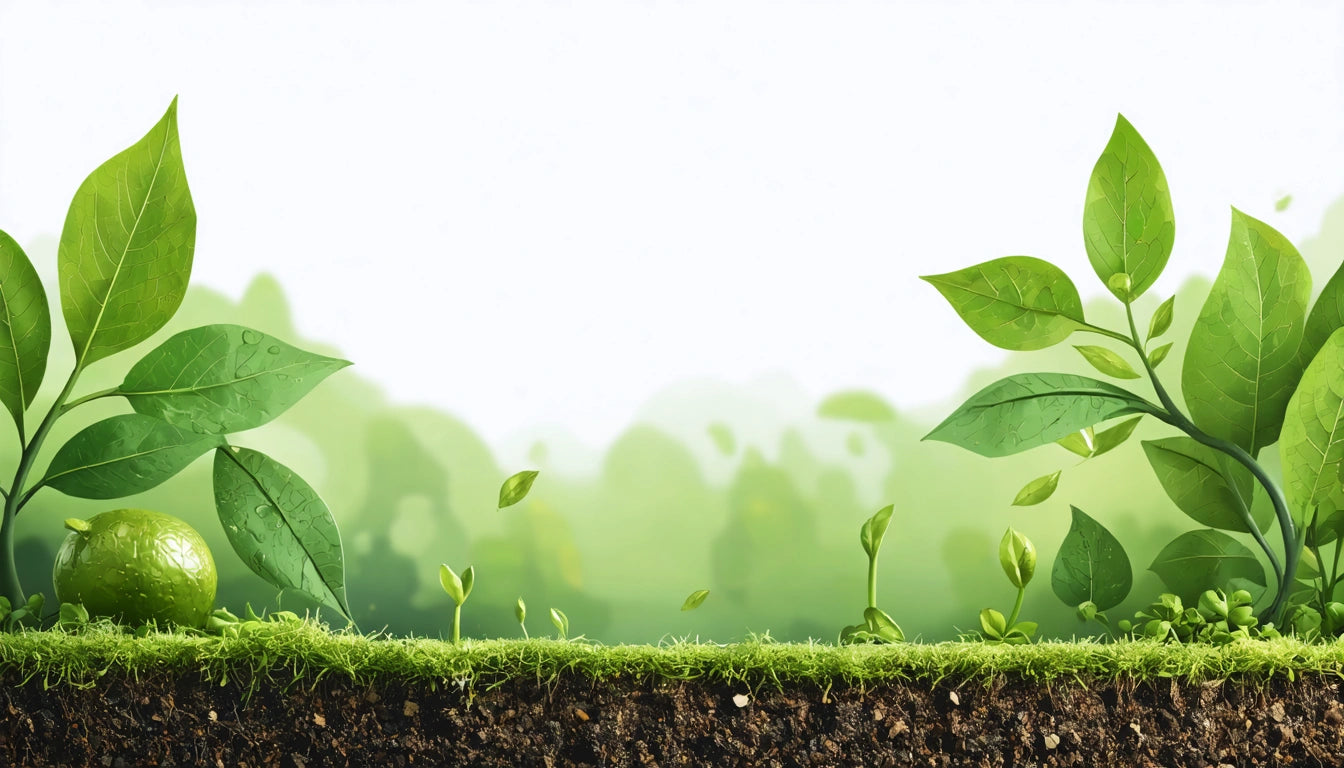Table of Contents
- Sustainability Challenges in Cannabis Packaging
- Viable Sustainable Materials for Bulk Cannabis Packaging
- Balancing Compliance and Sustainability
- Cost Considerations for Sustainable Bulk Packaging
- Implementation Strategies for Sustainable Packaging
- The Future of Sustainable Cannabis Packaging at Scale
The cannabis industry faces unique challenges when it comes to sustainable packaging. While environmental concerns grow increasingly important to consumers and brands alike, cannabis products must still meet stringent regulatory requirements for child resistance, product preservation, and compliance. This creates a complex landscape for operators seeking to balance sustainability with practicality in their bulk packaging decisions.
Sustainability Challenges in Cannabis Packaging
Cannabis packaging generates significant waste due to regulatory requirements that often necessitate multiple layers of material. Child-resistant features, tamper-evidence, and opacity requirements can make simple sustainable solutions difficult to implement. According to industry data, packaging waste represents one of the largest environmental impacts in the cannabis supply chain.
When ordering in bulk, these challenges multiply. As outlined in this guide on bulk ordering, cannabis businesses must carefully balance minimum order quantities with storage capabilities and product turnover to avoid excess waste from unused packaging.
Viable Sustainable Materials for Bulk Cannabis Packaging
Biodegradable and Compostable Options
Several materials show promise for sustainable cannabis packaging at scale:
- Plant-based plastics (PLA) derived from corn, sugarcane, or hemp
- Recycled ocean plastic for non-food contact applications
- Compostable films and flexible packaging
- Hemp-based paperboard and cardboard
- Reclaimed agricultural waste materials
For child-resistant applications, innovations include environmentally friendly lid options that maintain safety standards while reducing plastic content through innovative design and material selection.
Recyclable Materials
Conventional materials with high recyclability rates include:
- Glass (though heavier, increasing shipping emissions)
- Aluminum (excellent recyclability but higher production energy)
- Post-consumer recycled (PCR) plastic
- Paperboard with minimal coatings
Balancing Compliance and Sustainability
Child-resistance requirements present the greatest challenge to sustainable packaging. However, innovative designs are emerging that use less material while maintaining compliance. When vetting packaging suppliers, brands should request documentation of both compliance testing and sustainability metrics.
For multi-state operators, the challenge is even greater as requirements vary by jurisdiction. Creating a standardized approach to sustainable packaging across markets requires careful planning, as discussed in this guide on multi-state packaging coordination.
Cost Considerations for Sustainable Bulk Packaging
Sustainable options typically come with price premiums, especially at lower volumes. However, bulk ordering can help mitigate these costs. When analyzing the feasibility of sustainable packaging, consider:
- Total cost comparison (including shipping and storage)
- Consumer willingness to pay premiums for sustainable options
- Marketing value of sustainability commitments
- Long-term cost projections as sustainable materials become more mainstream
Understanding minimum order quantities is crucial when evaluating sustainable options, as many eco-friendly materials have higher MOQs due to manufacturing constraints.
Implementation Strategies for Sustainable Packaging
Phased Approach
Rather than overhauling all packaging at once, a phased implementation can be more feasible:
- Start with secondary packaging (outer boxes, bags)
- Transition high-volume SKUs first to maximize impact
- Test consumer response before full-scale implementation
- Develop a procurement SOP that includes sustainability criteria
Supply Chain Considerations
Sustainable packaging requires careful supply chain management. Consider:
- Domestic vs. overseas sourcing (emissions impact)
- Warehousing requirements for bulk sustainable materials
- Lead time variations for specialized materials
- Backup suppliers for business continuity
Proper storage of bulk packaging is especially important for some bio-based materials, which may have different shelf lives or environmental sensitivities than conventional options.
The Future of Sustainable Cannabis Packaging at Scale
The cannabis industry is uniquely positioned to lead packaging innovation. As the market matures and regulations evolve, we can expect:
- Standardization of sustainability metrics specific to cannabis
- Development of closed-loop systems and packaging return programs
- Industry-specific recycling initiatives
- Regulatory evolution to better accommodate sustainable materials
For brands looking to stay ahead, building strong supplier relationships with partners committed to sustainability innovation will be crucial. The most successful sustainable packaging strategies will balance immediate environmental improvements with long-term planning for a truly circular packaging economy.
By taking a methodical approach to sustainable bulk packaging, cannabis brands can reduce their environmental footprint while maintaining compliance, controlling costs, and meeting consumer expectations for responsible business practices.











Leave a comment
All comments are moderated before being published.
This site is protected by hCaptcha and the hCaptcha Privacy Policy and Terms of Service apply.